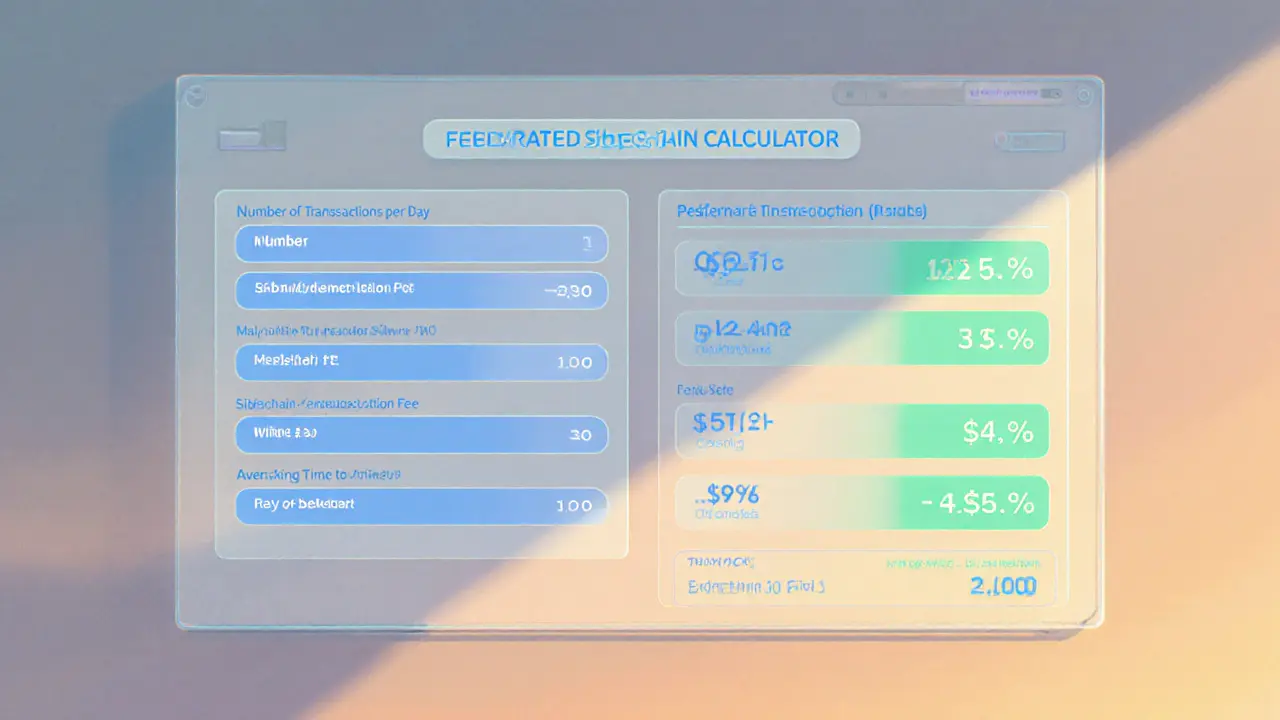Two‑Way Peg: How Assets Move Seamlessly Between Blockchains
When dealing with two-way peg, a mechanism that lets an asset travel back and forth between two blockchains while staying locked 1:1 in value, also known as bidirectional peg, you unlock true cross‑chain liquidity. The magic happens thanks to a cross‑chain bridge, software that locks the asset on the source chain and mints a counterpart on the target chain. Behind the scenes, blockchain interoperability, the ability of different ledgers to exchange data and value provides the communication layer that keeps everything in sync. Because the peg stays locked 1:1, a stablecoin, a crypto asset pegged to a fiat currency or commodity can jump between networks without losing its price stability.
Two-way peg isn’t just a fancy tech term; it’s a practical tool that solves real problems. Imagine holding a US‑dollar‑backed stablecoin on Ethereum but needing it on a faster, cheaper chain like Binance Smart Chain for a quick trade. The peg locks your USD‑stablecoin on Ethereum, creates an equivalent token on BSC, and lets you move back whenever you want. This constant 1:1 relationship means you never face slippage or price drift during the transfer. Projects that build bridges often embed validators or decentralized Oracle networks to verify that the locked amount matches the minted amount, reinforcing trust.
Why Two‑Way Peg Matters for DeFi and Gaming
DeFi platforms thrive on fast, cheap transactions, yet many high‑value assets still sit on older, congested chains. A two-way peg lets users park assets where they earn the best yield, then retrieve them instantly when market conditions shift. In the gaming world, NFTs minted on a specialized gaming chain can be pegged back to Ethereum for broader marketplace exposure, expanding both liquidity and audience. The peg’s ability to preserve ownership rights across chains also reduces the need for multiple wallet setups, simplifying the user experience.
Security is a common worry, and that’s where the bridge’s validator set plays a crucial role. Validators watch the lock‑up contracts, confirm each transaction, and relay proofs to the destination chain. If a validator misbehaves, most modern bridges have a slashing mechanism that burns a portion of the validator’s stake, creating a financial deterrent. This relationship shows a clear semantic triple: two‑way peg requires a cross‑chain bridge, and the bridge relies on blockchain interoperability. Another triple is: stablecoins use two‑way pegs to stay price‑stable across networks.
Beyond the technical side, regulatory landscapes are catching up. Some jurisdictions view pegged assets as extensions of the original token, meaning compliance rules follow the asset regardless of the chain it lands on. This reality pushes bridge developers to embed KYC/AML checks at the lock‑up stage, ensuring that the peg not only moves value but also respects local laws. For traders, this means less friction when moving large sums, and for developers, it means a clearer path to institutional adoption.
All these pieces—bridges, validators, stablecoins, and regulatory checks—form a tightly knit ecosystem that makes two‑way pegs indispensable for today’s multi‑chain world. Below you’ll find a curated set of articles that dive deeper into each aspect, from how confirmation times stop double‑spends to step‑by‑step guides on becoming a blockchain validator in 2025. Whether you’re a seasoned trader, a developer building the next bridge, or just curious about how tokens jump between chains, the collection below has something for you.

Learn how federated sidechains let Bitcoin scale, enable fast low‑cost transactions, and support smart contracts while staying linked to the main chain.
Jonathan Jennings May 16, 2025




